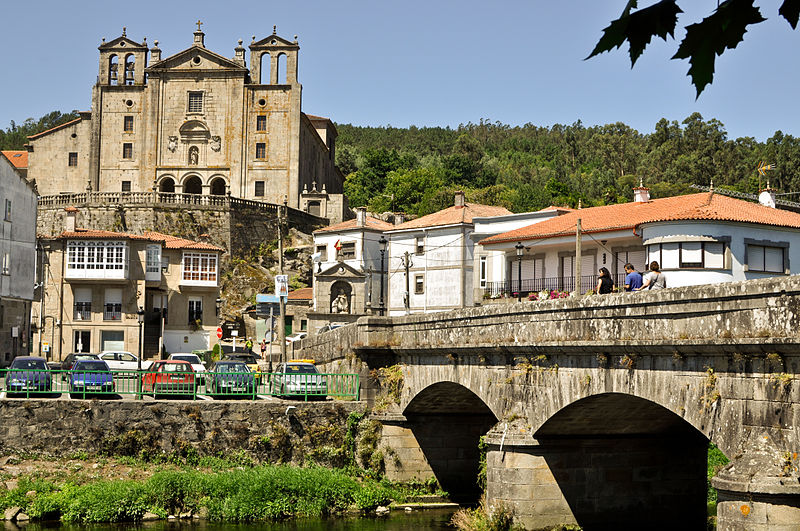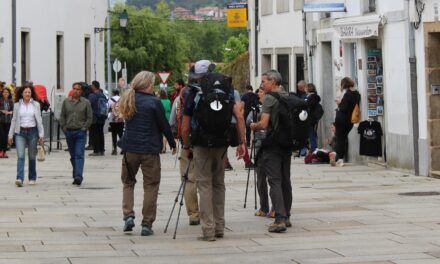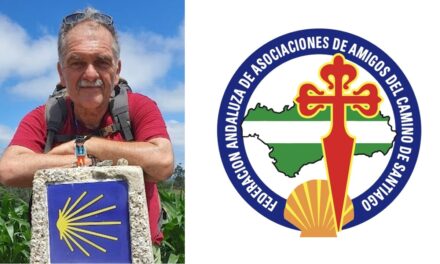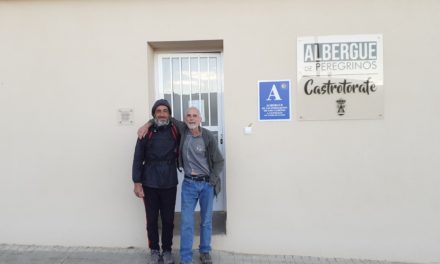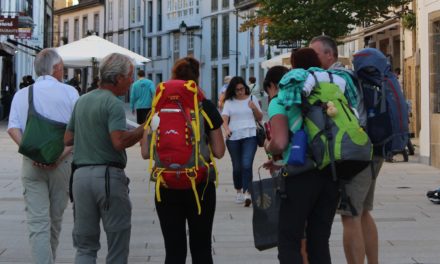Padrón is not a town on the Portuguese Way: Padrón is a central place in the legend of Santiago that all pilgrims should know! Just over 20 kilometers from Santiago, half an hour by train or a few hours walking, Padrón offers pilgrims from Compostela Jacobean history, art and tradition.
The town is located at the estuary of the Ulla and Sar rivers, near Iria Flavia, the river bank where the boat carrying the body of the Apostle would have come to rest. It is therefore a central place in what has been called the Traslatio de Santiago: the arrival point of the maritime transfer of the body of Santiago and the starting point of its overland transfer to Compostela.
There are many traditions and legends concerning the ‘Transfer of Santiago’, many of which are to be found in the Calixtino Codex. This is a manuscript compiled in Compostela between the end of the 11th century and the first decades of the 12th- which was responsible for collecting, guarding and disseminating the main legends.
The arrival of the body of Santiago on the Galician coast would have occurred in 44 AD, the year in which he was martyred. After his martyrdom, some of his disciples would have embarked in Haiffa (Palestine), with the relics of the Apostle, leaving from there for the lands of Hispania, where Santiago had long ago carried out his evangelising work.
Some versions of the tradition speak of a small ship or boat being driven by the wind, others by an angel, but all agree that the boat would have arrived at a port near present-day Compostela: the port of Iria Flavia, currently part of the municipality of Padrón.
A central element in all these legends is the existence of a stone altar, “pedrón” or “padrón”, on which the body of Santiago would have been transferred. This altar or sarcophagus is what gives the present town of Padrón its name. This part of the legend is also supported by the existence in Padrón of an altar of Roman origin, probably dedicated to Neptune, god of the waters, who was identified with the ark that had carried the remains of the Apostle Santiago. Currently the altar is preserved and can be seen in the parish church of Santiago de Padrón.
But of all the Jacobean places in Padrón, the oldest is Mount San Gregorio, also known as Mount Santiaguiño, because according to tradition Santiago would have preached there on his first visit to Spain. Legend or not, the truth is that some archaeologists have found vestiges of an early Christian sanctuary, which later achieved a certain importance during the Middle Ages. This tradition is still maintained today, since every 25th July a pilgrimage is celebrated there in honour of Santiago.
Among the Jacobean vestiges preserved in Padrón, we must point out the Carmen fountain, whose construction dates back to the 17th century and which has a Jacobean-themed decoration, highlighting a representation of the scene of the Translatio of Santiago.
Also in the town hall there is a relief with the same iconography of the Traslatio and, finally, a sculpture of Santiago can be seen on the roadside shrine of the nearby crossroads of Fondo de Vila, dated in the 15th century.
Padrón’s link with Santiago is not limited to the Jacobean tradition, but also extends to its important role on the Portuguese Way, of which it constitutes an important point as the end and beginning of the last stage before reaching Compostela.
Photo: We have taken this image of the Commons Wikipedia project, its author is Fran Villena.

